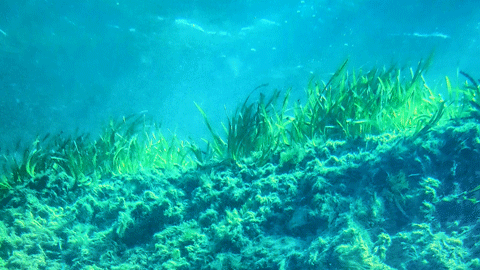Seagrasses reveal devastation of coastal ecosystems
The research, involving researcher Dr Pere Masqué from ICTA-UAB, UAB Department of Physics and the Edith Cowan University in Australia, provides new insights to properly manage further environmental and climate change.

Conducted by ECU’s Centre for Marine Ecosystems Research, with which Dr Pere Masqué has collaborated since last year, it has just been published in the journal Global Change Biology and shows the loss of 80 per cent of the seagrass in some areas in less than 30 years.
The researchers describe how, from the 1960s to the 1980s, the seagrass meadows in Oyster Harbour were decimated as a result of increased nutrients and deposited sediments associated with agricultural development and land clearing. Seagrass meadows are very precious because they absorb CO2 about 40 times faster than rainforest and could be a valuable way to offset carbon emissions.
Investigators took core samples of two metres in length from seagrass meadows at Oyster Harbour. The cores were taken back to the lab and analysed and provide a glimpse of more than 600 years of the meadows’ history. “Our analysis showed huge increases in phosphorus entering the ecosystem from the 1960s onwards,” says lead researcher Dr Óscar Serrano. These increases in nutrients in the marine environment cause algal blooms which soak up the oxygen and light needed by seagrass and other marine organisms to survive. This kills off seagrass and a host of other species including fish and crustaceans, hampering their capacity to sequester CO2 and mitigate climate change, says Dr Pere Masqué. The results allowed the phases of the process of ecosystem degradation to be identified. Shifts occurred during two phases: one in which seagrasses were resilient to pressures and a second in which cumulative stresses overcame their resilience, leading to a shift in ecosystem status.
The researchers hope the investigation will provide insights to properly manage further environmental change, including that resulting from climate change.